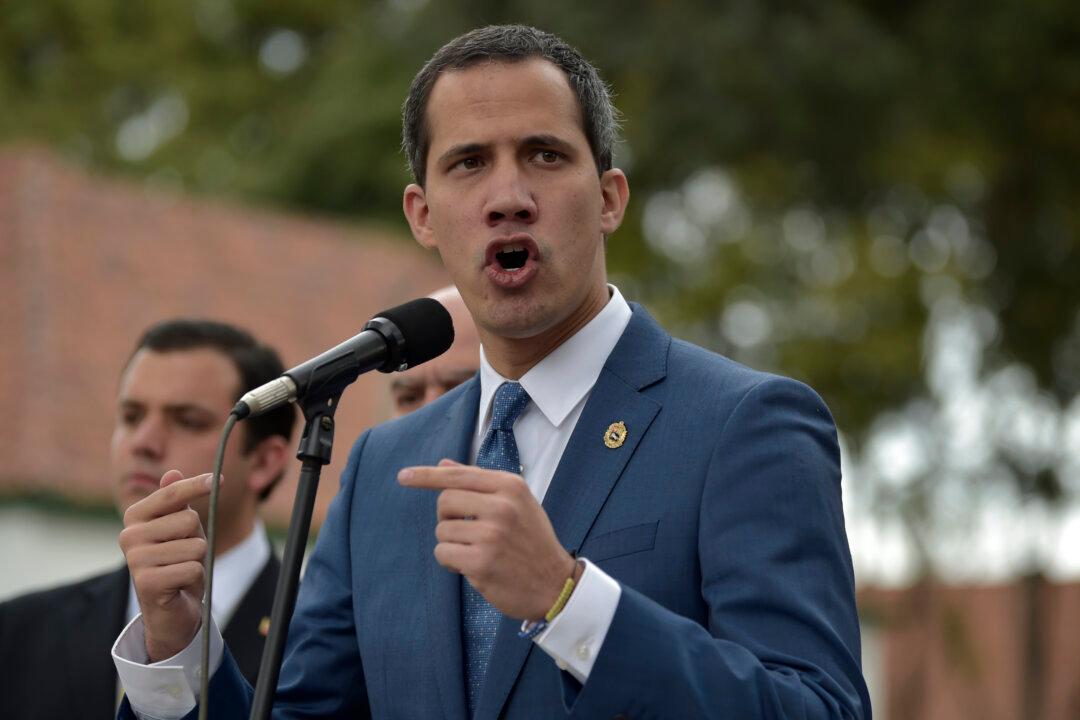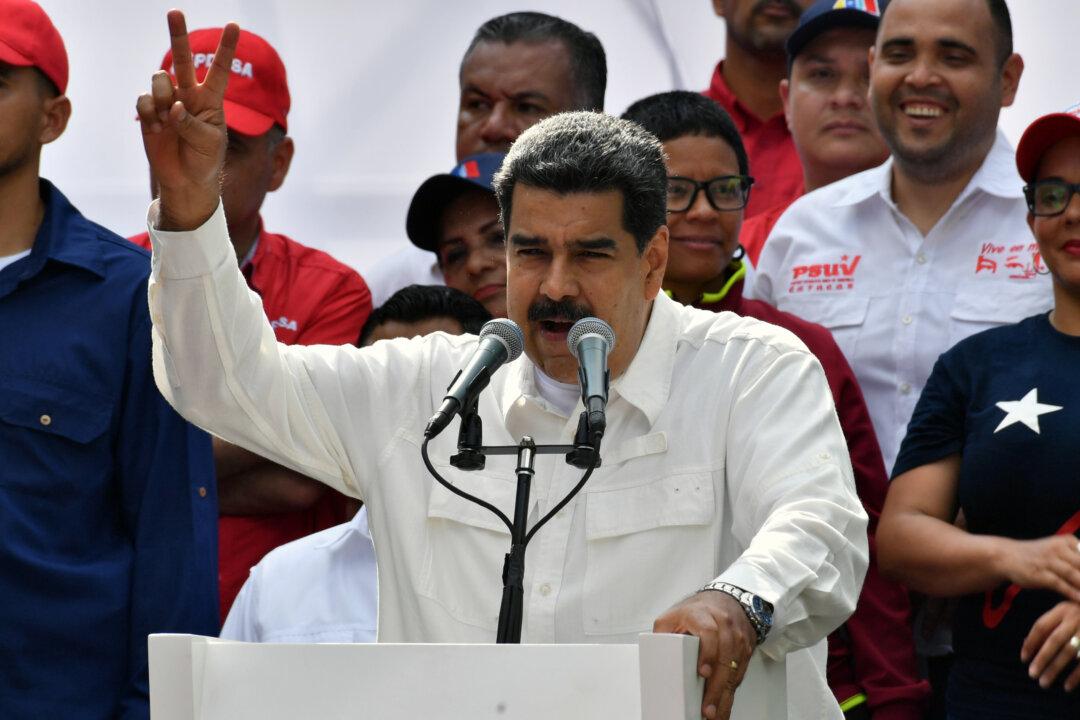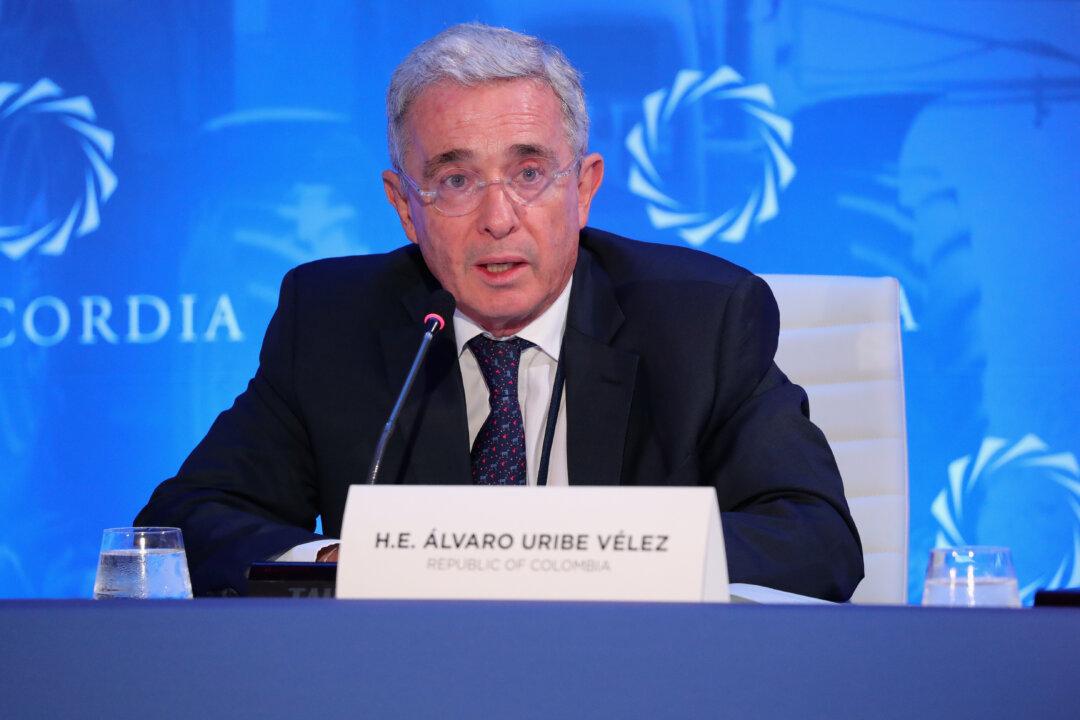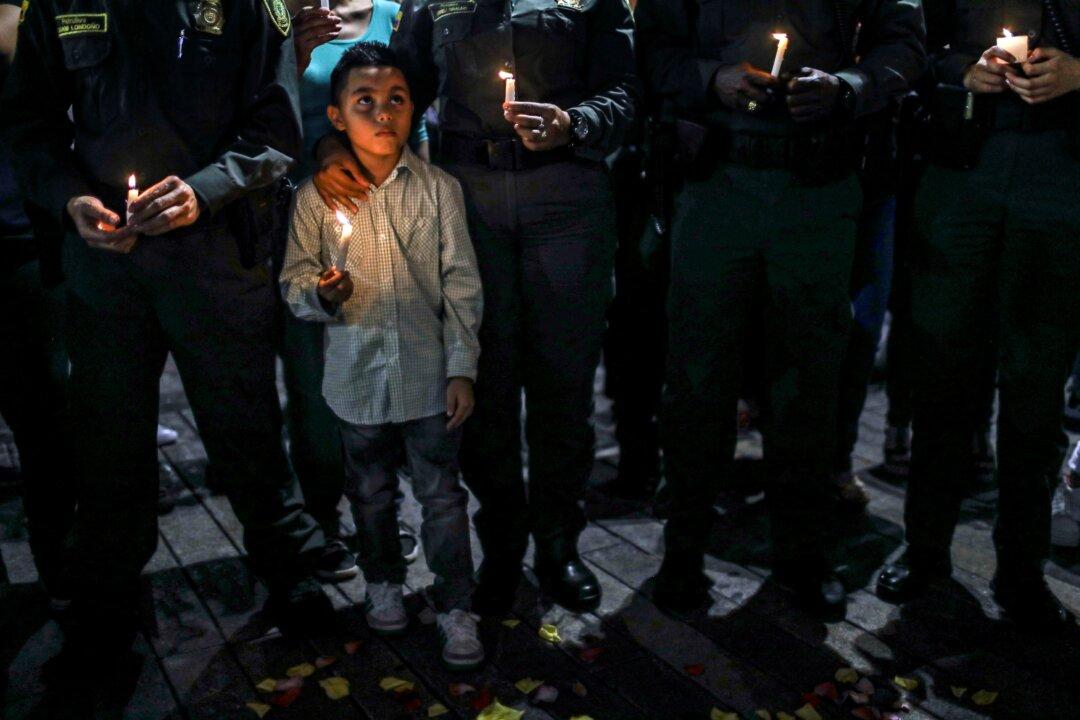BOGOTA, Colombia—Six people were killed on the evening of Dec. 17 in the remote Colombian town of Mapiripán in an incident the army suspects was related to drug trafficking. The victims, among them one minor, were confirmed dead the next day by President Ivan Duque who condemned the incident via social media and dispatched emergency troops to the area.
The town lies in the country’s eastern plains and forms part of a drug trafficking route to Venezuela currently fought over by both former guerrillas and paramilitaries. It is also synonymous with one of the Colombian conflict’s most atrocious massacres to date when paramilitaries butchered at least 13 people with machetes and chainsaws in 1997. The gruesome manner in which the incident took place, along with the disposal of the butchered corpses in a nearby river, means a reliable death toll was never established, but could be as high as 77.




